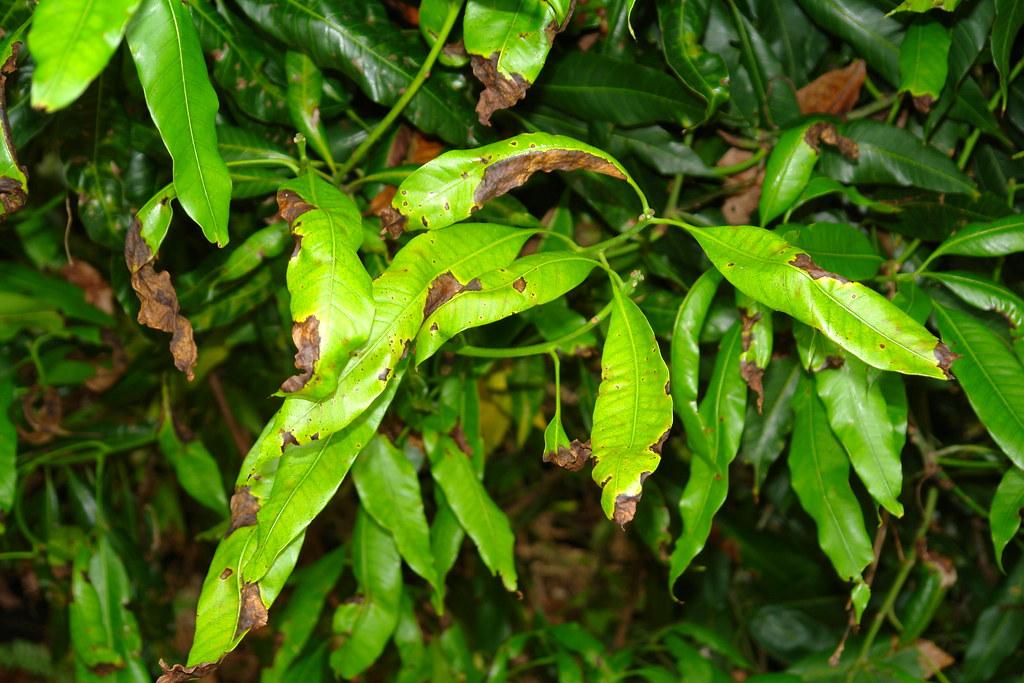
Anthracnose
Elsinoe corni
What is Anthracnose (Elsinoe corni)?
Spot anthracnose, caused by the fungus Elsinoe. Early symptoms in spring include numerous small reddish-purple spots on white bracts and brown spots on unfurling pink or red bracts. Throughout spring, the disease progresses, causing spotting on new leaves, shoots, petioles, and fruit. Twisted or deformed bracts and leaves with spots are common, and heavily spotted bracts may shed early, impacting the floral display.
How does Anthracnose (Elsinoe corni) occur?
During the blooming periods, the fungal spores responsible for spot anthracnose are dispersed from infected shoots to flower and leaf buds. This dispersal is facilitated by a combination of splashing water and wind. The spread and colonization of the pathogen on bracts and young leaves are favored by extended periods of mild, wet, and humid weather.
Symptoms
1 - Impact on Plants
• Spot anthracnose primarily affects above-ground plant parts like leaves, bracts, shoots, and fruit. It can cause spotting, deformation, and premature shedding of leaves and bracts. • Severe outbreaks may impact the floral display but rarely reduce overall tree vigor or health. • Spot anthracnose does not directly affect the soil or environment.
Solutions
1 - Preventions
• Ensure adequate spacing between trees to promote airflow and minimize humidity around the foliage. • Water at the base of the plant to keep foliage dry and reduce fungal spread. • Prune and remove infected branches or twigs during dormancy to minimize disease spread.
2 - Selection of Plants
• Choose early-flowering plants for partial to full shade to minimize disease outbreaks. • Select later-flowering plants for full sun, as they generally have moderate to good resistance to spot anthracnose.
3 - Plant-resistant cultivars
• Choose cultivars known for resistance or tolerance to spot anthracnose
4 - Application of Fungicides
• Fungicides such as chlorothalonil, thiophanate-methyl, and mancozeb can be used to control spot anthracnose. It's important to read and follow the label instructions and dosage recommendations of the specific fungicide product you choose.
